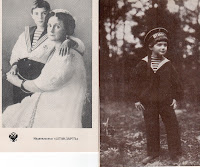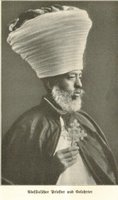
Woizero Atsede Awlawchew Yemiru (1956). 17th Descendant of Emperor Gelawdeos of Ethiopia
The records of Ethiopian genealogy
was usually kept by oral history and/or written history. Ancestral names are not used in Ethiopia. For example if Haile (first name) had a son named Abate (first name), records indicate that the person's full name is known as Abate Haile. If the first name of Haile's father is Haile Selassie, then the full name of Haile would be Haile Abate Haile Selassie and so on. However recently, ancestral name have began to be used in Ethiopia after the fall of the Feudal and Solomonic House of Ethiopia in 1974 (Haile Selassie I). Thus the ancestral name of Haile will be Haile Selassie and his grandchild Fayisa would be for example Fayisa Haile Selassie.
Written documents exists in Ethiopia and the records shown here was obtained from the daughter of Woizero Tejenesh Negussei of Selale, North of Addis Abeba. The records were passed from generation to generation, and in the process names were added by succeeding descendants. Similar records exists for the Emperors of Ethiopia and Meroe Ethiopia (Check Rulers of Ethiopia Blog). Ethiopians who were not able to acquire scribes , priests and literate persons usually preserved their history usuing oral tradition. In most cases most Ethiopians are related to Emperors, Queens, Emirs, Chiefs regardless of their heirarchial positions in society. Please comment on the pages that will be gradually added. Below is the first page from the genealogy list. It begins as follows:
Atse (Emperor) Fassil begat Melakawit, Melakawit begat Gunday, Gunday begat Memhere Zekuskwam, Memhere (teacher) Zekuskwam begat Atse Tsebuhe etc.
Eventually we will add the full translations into English. The word begat will be used for simplicity and tradition. Comment is highly appreciated especially if you click on the document below and help in deciphering unclear names.
Page One: Records of Emperor Gelawdeos and Fassilidas (Fassil) 17th century:













































